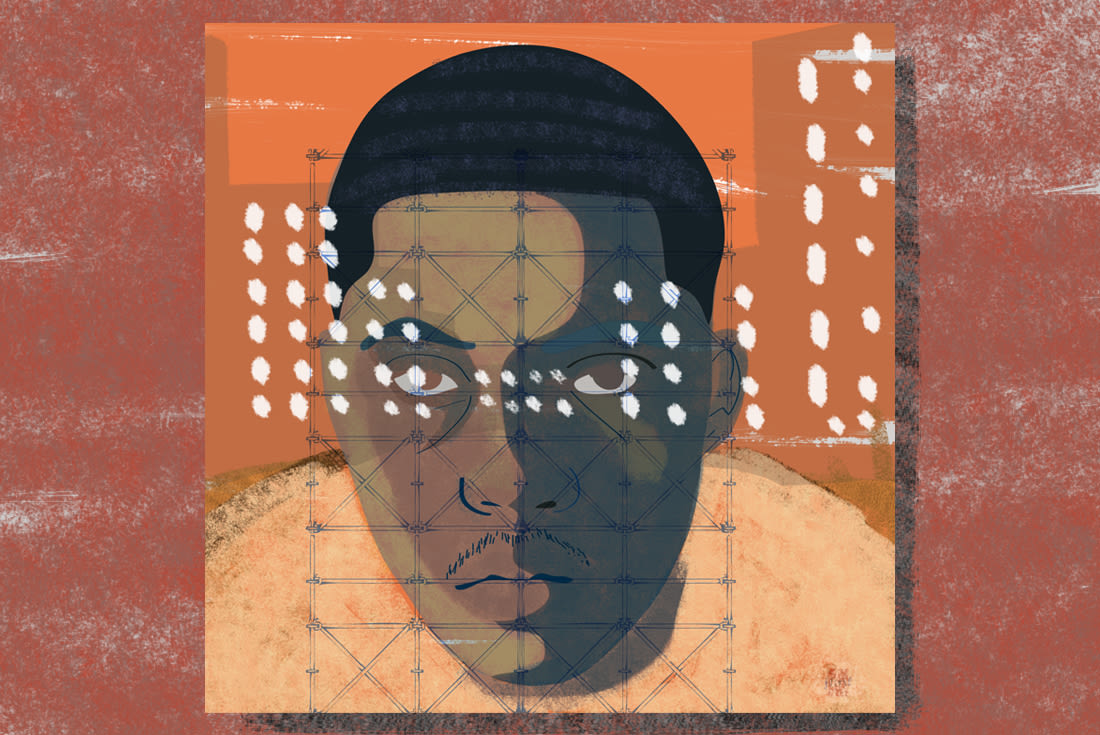
How do you follow up an instant classic? How do you balance commercial appeal with artistic ambition? Is there a way to find a massively wide audience while keeping one foot in the place you came from? Those were questions that weighed heavily on the minds of Nas, his manager Steve Stoute, and producers Trackmasters as work began on the rapper’s sophomore album, It Was Written.
It goes without saying that Nas' 1994 debut, Illmatic, is one of the greatest albums ever recorded. But it was initially a commercial flop, failing to go gold in its first year. He was hailed as a genius by critics, but that unimpeachable greatness didn’t translate to sales—not enough folks heard it. Looking for a new path to success, Nas connected with a young go-getter named Steve Stoute, who became his manager. Fearing Nas would end up like Kool G. Rap—an acclaimed rapper who never sold a ton of records—Stoute made it his mission to dream bigger and achieve Billboard-busting numbers for the 22-year-old street poet.
To this end, Stoute united Nas up with Poke and Tone, a.k.a. Trackmasters. Many felt that they might water down Nas' sound—they were best known for producing crossover hits like Mary J. Blige's "Be Happy" and the Notorious B.I.G.'s "Juicy"—but the pair had their roots firmly planted in hardcore hip-hop, with production credits for Big Daddy Kane, LL Cool J, and Kool Moe Dee. Stoute believed they could bring balance to the record.
It Was Written was released 20 years ago, on July 2, 1996. It debuted at #1 and went on to become Nas' best-selling album while also featuring some of his most memorable songs. This is how they did it.
The Making Of Nas' 'It Was Written'




 Explain the intro where my nikka is fighting a slavemaster for his freedom and saying shyt on the outro like "open every cell in Attica and send them to Africa" and explain how this shyt is pandering to White America
Explain the intro where my nikka is fighting a slavemaster for his freedom and saying shyt on the outro like "open every cell in Attica and send them to Africa" and explain how this shyt is pandering to White America